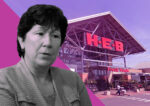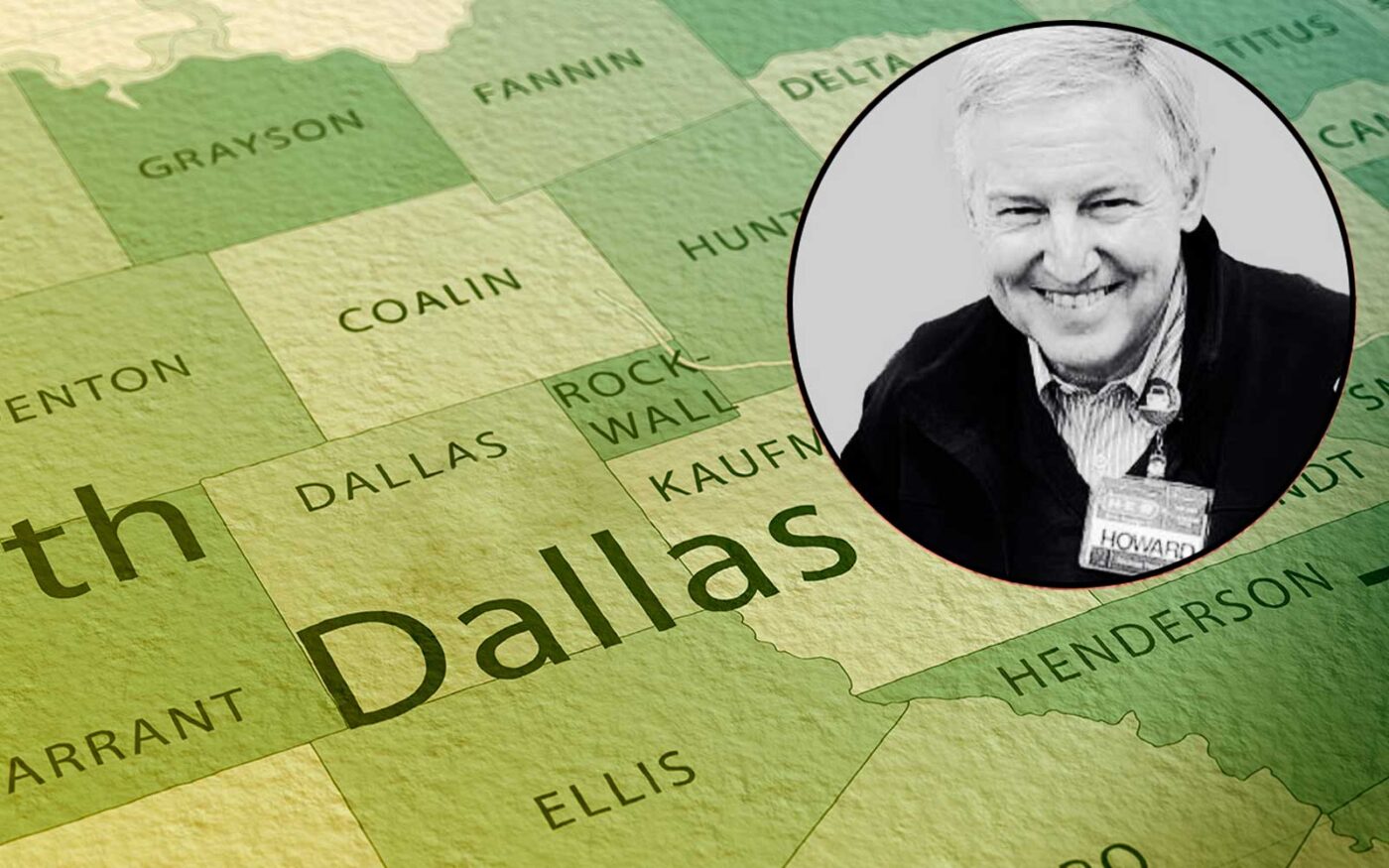H-E-B is finally coming to Dallas proper, with a land acquisition in the Valley View area.
The San Antonio-based grocery chain bought 10 acres at the southeast corner of Hillcrest Road and LBJ Freeway in North Dallas, WFAA reported.
The company plans to rezone the property. The site, located across from the Dallas County Tax Office, is occupied by office buildings, and H-E-B will need to demolish the structures before construction begins.
“While we have a lot of work to do, we look forward to connecting with our neighbors, the city, and community stakeholders to ensure we create a destination that best supports this community,” said H-E-B spokesperson Mabrie Jackson. “This is the first step in a long process, and we hope to share more details with our neighbors soon.”
H-E-B’s move into Dallas comes after a period of rapid expansion across North Texas. While the chain has operated stores in surrounding areas such as Burleson, Hudson Oaks and Waxahachie for years, it began targeting the region’s denser urban markets in 2021, with multiple store openings in Collin County.
H-E-B recently opened locations in Frisco and Plano. The company is also adding stores in Allen, Celina, Melissa and Rockwall, aiming to cater to the growing demand in those fast-growing suburban markets.
The grocer’s entry into Dallas follows its success with other store formats in the area, including Central Market locations and a Joe V’s Smart Shop in Dallas.
H-E-B’s growing presence has driven competitors such as Walmart, Kroger and Tom Thumb to increase their investments in the region. Recently, Tom Thumb started construction on stores in Midlothian, Sanger and Sunnyvale.
The Dallas-Fort Worth metroplex saw significant demand for grocery storers in 2024, with grocery-anchored shopping centers playing a pivotal role in the retail development market.
Nearly half of the 1.5 million square feet of retail space delivered last year was dedicated to grocery stores, according to Weitzman. This trend is expected to continue, with projections indicating 2.7 million square feet of construction and absorption this year.
Grocery-anchored retail dominates the market inventory with 495 shopping centers totaling 74.4 million square feet. Occupancy rates in these centers reached 96.4 percent last year, contributing to an overall retail market occupancy of 95.1 percent across the Metroplex.
Despite vacancies from retailers like Conn’s and Big Lots, the market is maintaining a strong supply-demand balance. Of the nearly 200 million square feet of retail inventory, less than 10 million square feet were vacant at the end of the year, a significant decrease from 17 million square feet in 2020.
— Andrew Terrell
Read more



